Preserving peatlands while protecting climate and biodiversity
The Indonesian island of Borneo is home to approximately 5.7 million hectares of peatland, which represents an enormous CO2 sink. Often these ecologically valuable areas have to be cleared to make way for plantations, releasing large amounts of CO2 in the process. This project aims to protect and restore 149,800 hectares of peatland.
To do this, a sustainable land use model will be implemented that reduces deforestation, restores ecosystems, maintains biodiversity, and improves economic opportunities for local people. To prevent deforestation of the peat forest, the project will legally protect the region so that no acacia plantations can be established. Furthermore, a total of 4,433 hectares of forest are to be reforested. The local population will be involved in planting economically valuable tree species, which can generate income for the communities and reduce the risk of forest fires.
Forests are not only among the planet's most important carbon reservoirs. They also are home to an enormous diversity of species and are the livelihood for all people. However, global forest areas have declined sharply in recent decades due to increasing settlement, agricultural use, illegal logging and mining.
Forest protection projects ensure that forests are preserved in the long term and that the protection of forests is given a higher value than their deforestation. Together with the local population, project participants protect the area from negative influences. To allow for this the projects create alternative sources of income and educational opportunities. Depending on the project region, forests store varying amounts of carbon per hectare. Particularly high amounts of carbon are stored in the vegetation and soil of tropical swamp forests, primary rainforests, or mangroves. Forest protection projects in the ClimatePartner portfolio are registered with international standards.
Explore our projects
Biochar for Climate Action, Healthy Soils, and Better Harvests

A certified climate project combined with additional commitment

Expansion of renewable energy generation in Asia
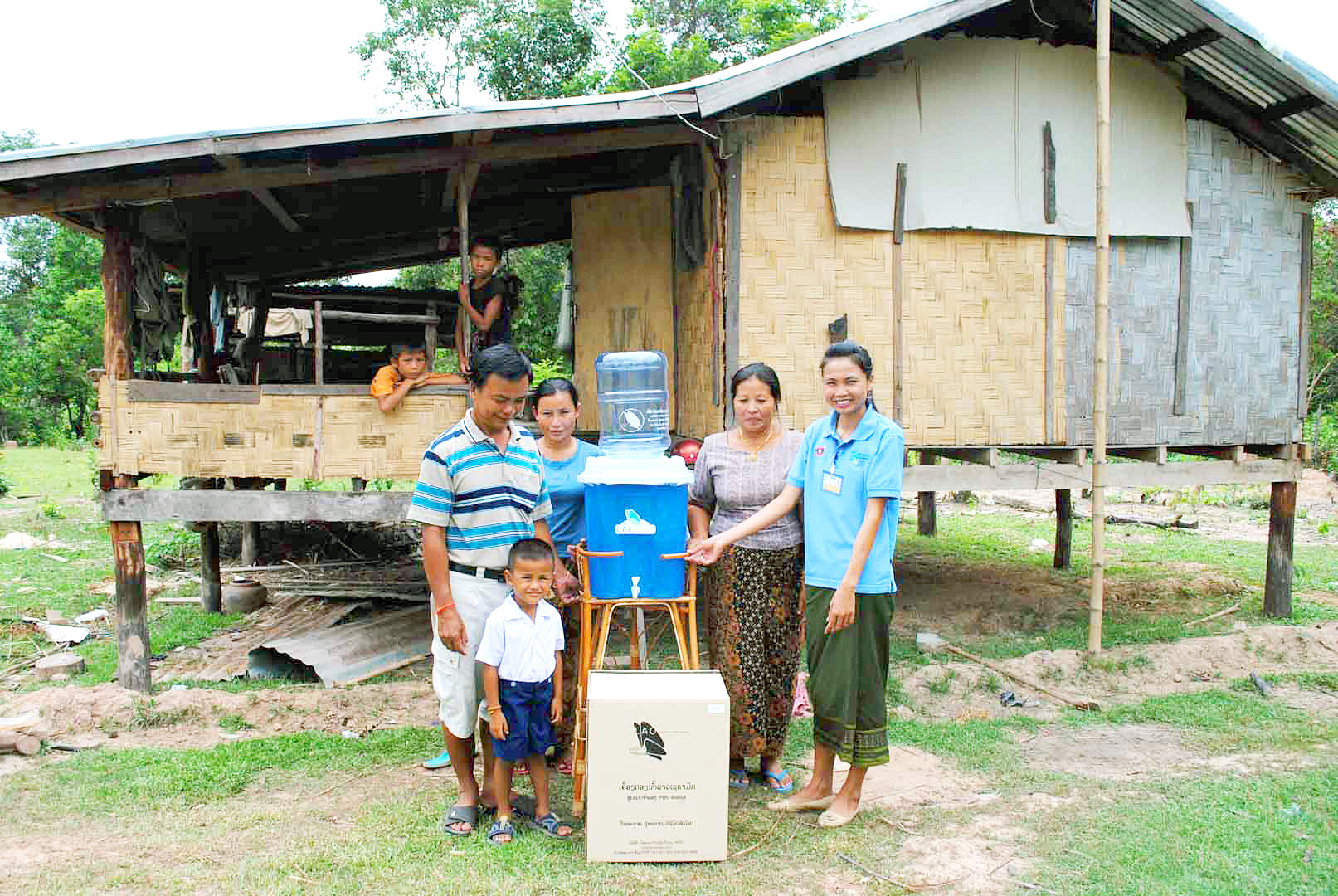
Ceramic water filters save CO2 and improve health
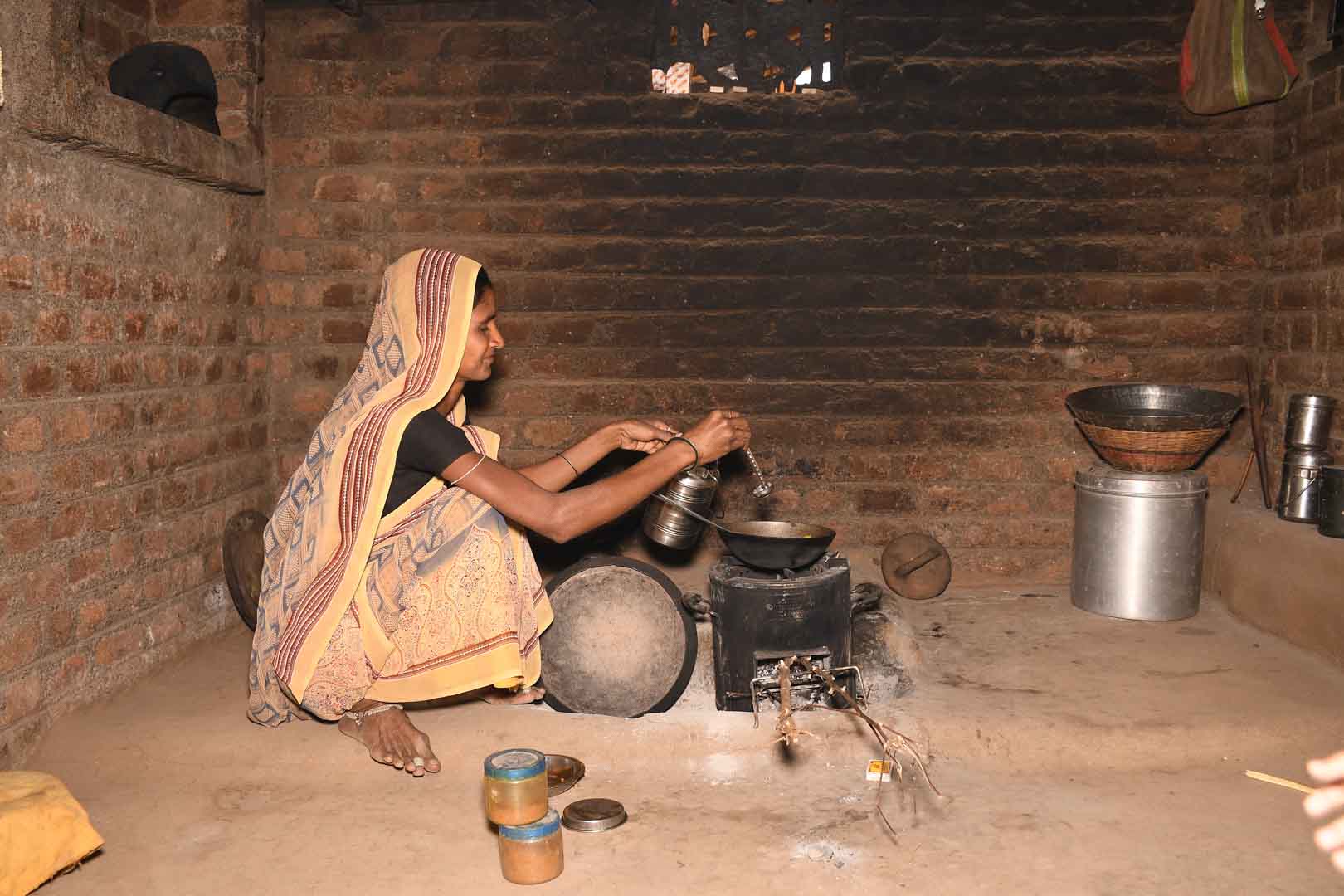
Improved cookstoves worldwide – for better health and cleaner air

A certified climate project combined with additional commitment
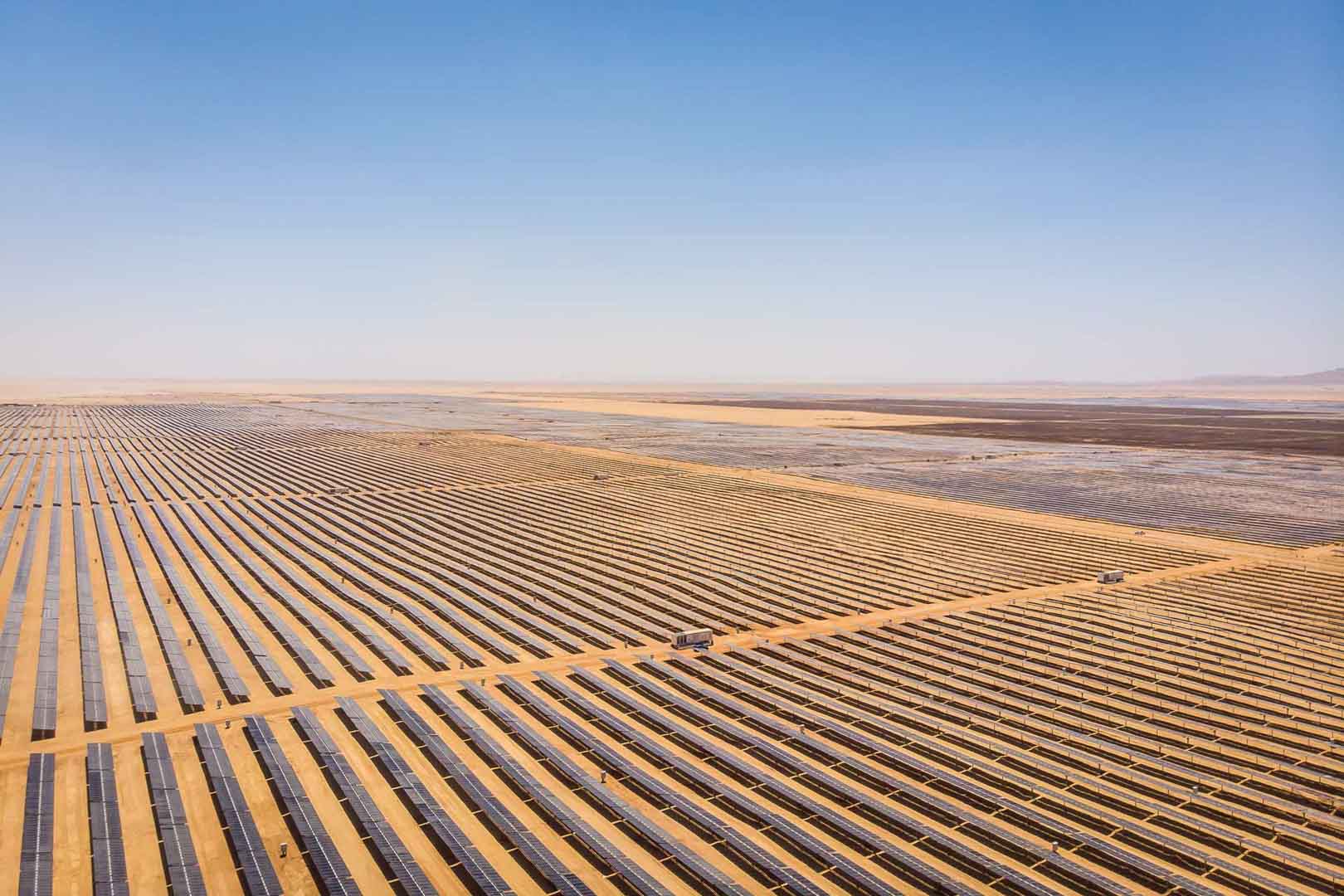
Powering access to renewable energy in Africa
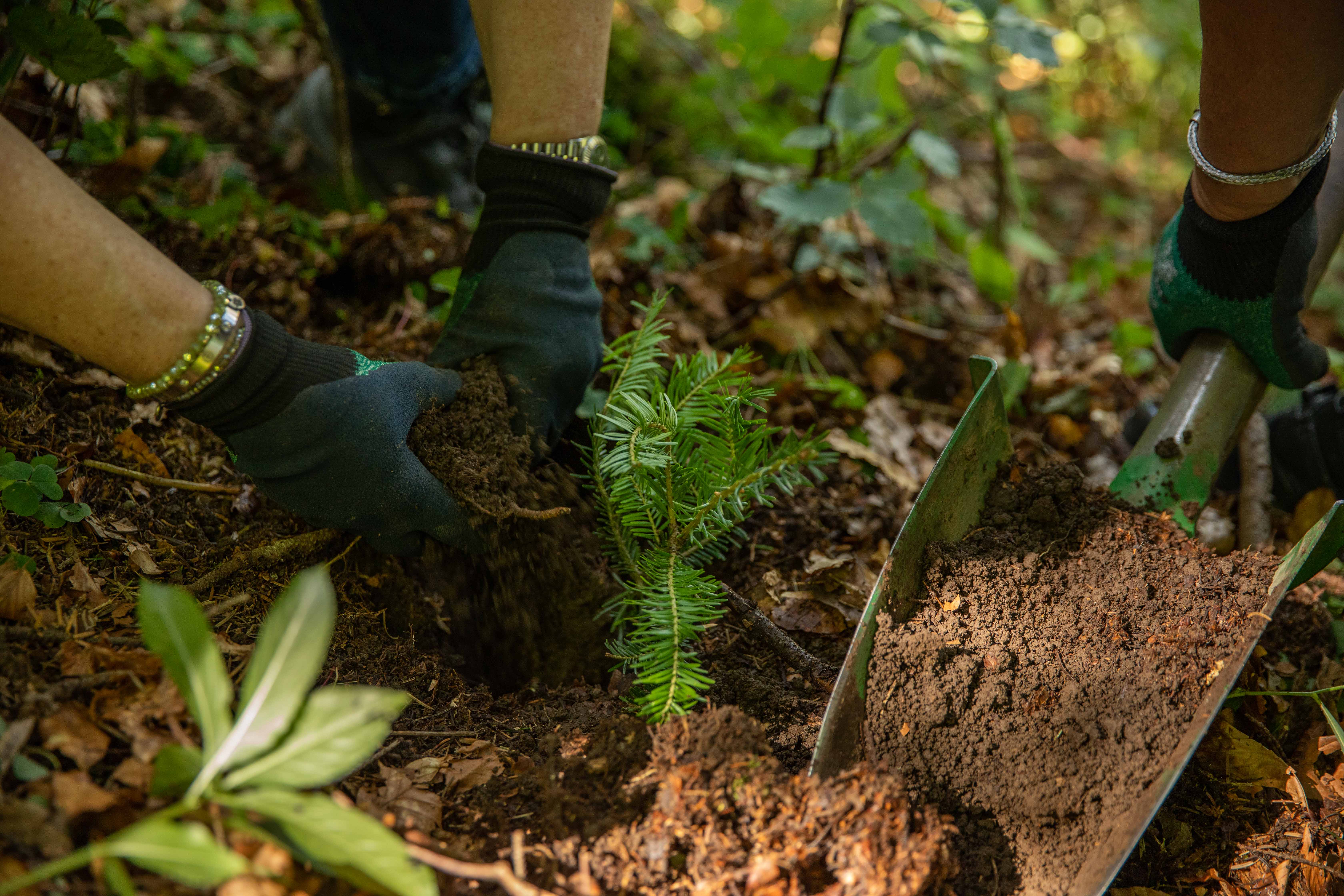
A certified climate project combined with additional commitment
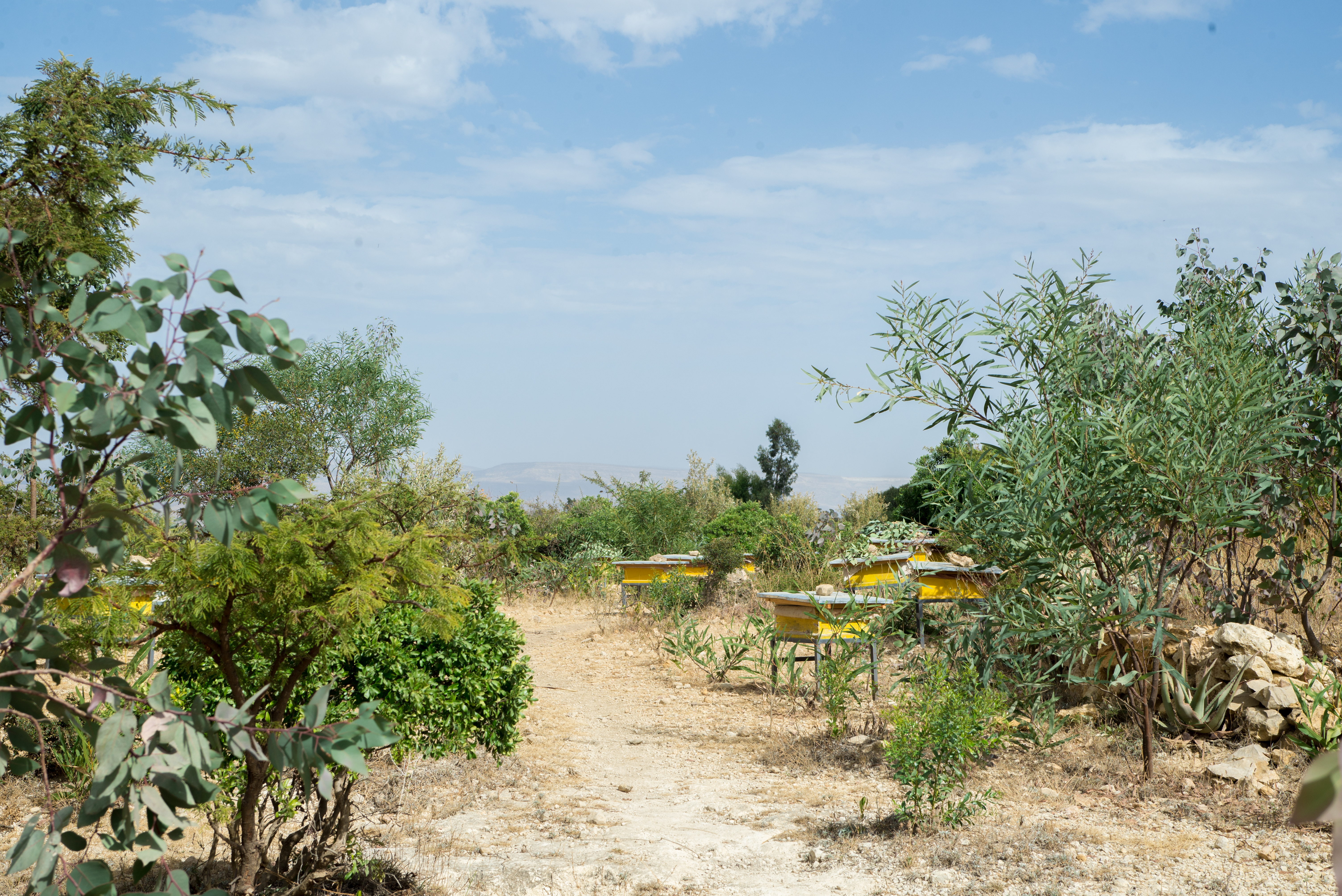
Restored ecosystems remove carbon
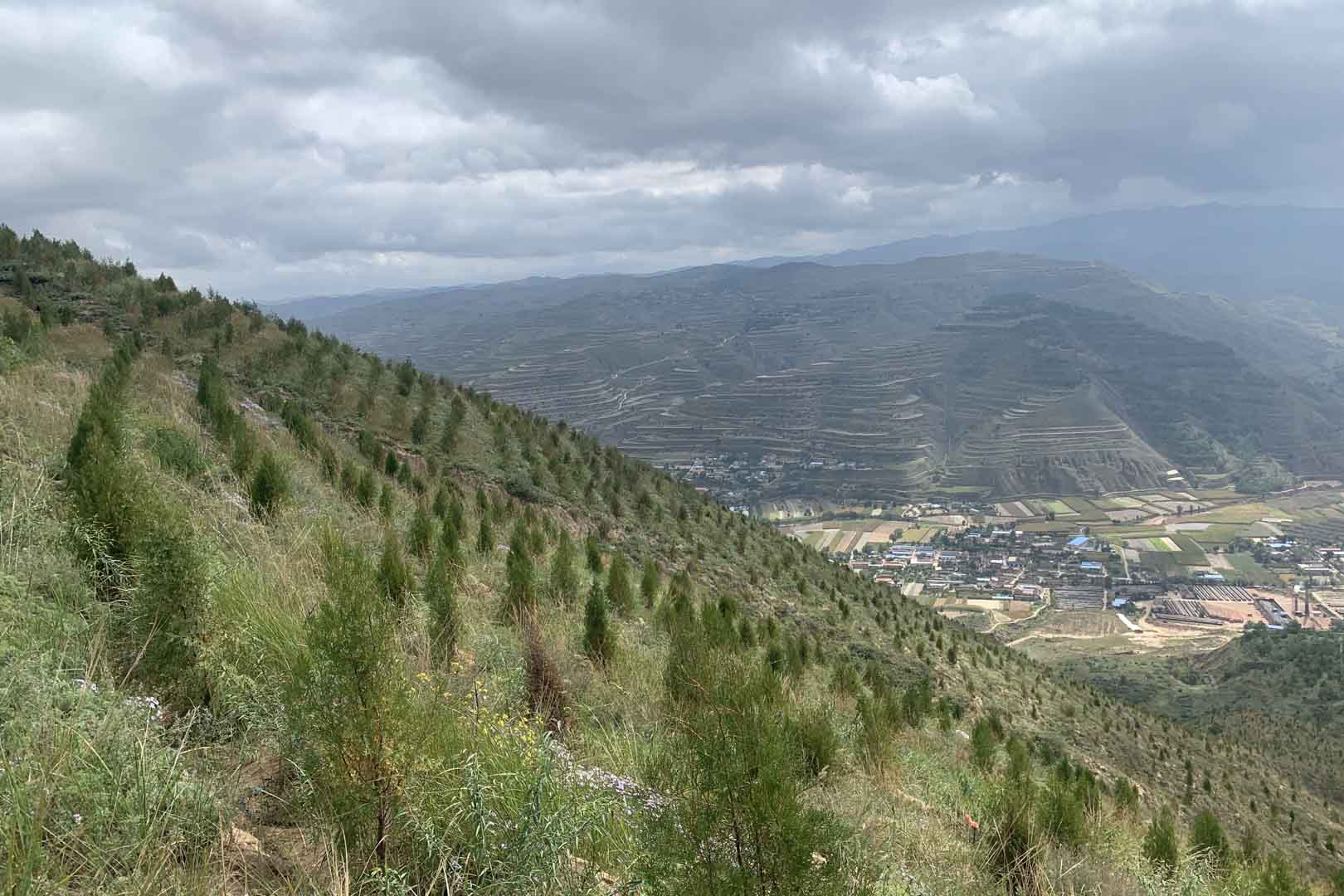
Turning degraded farmlands into healthy ecosystems
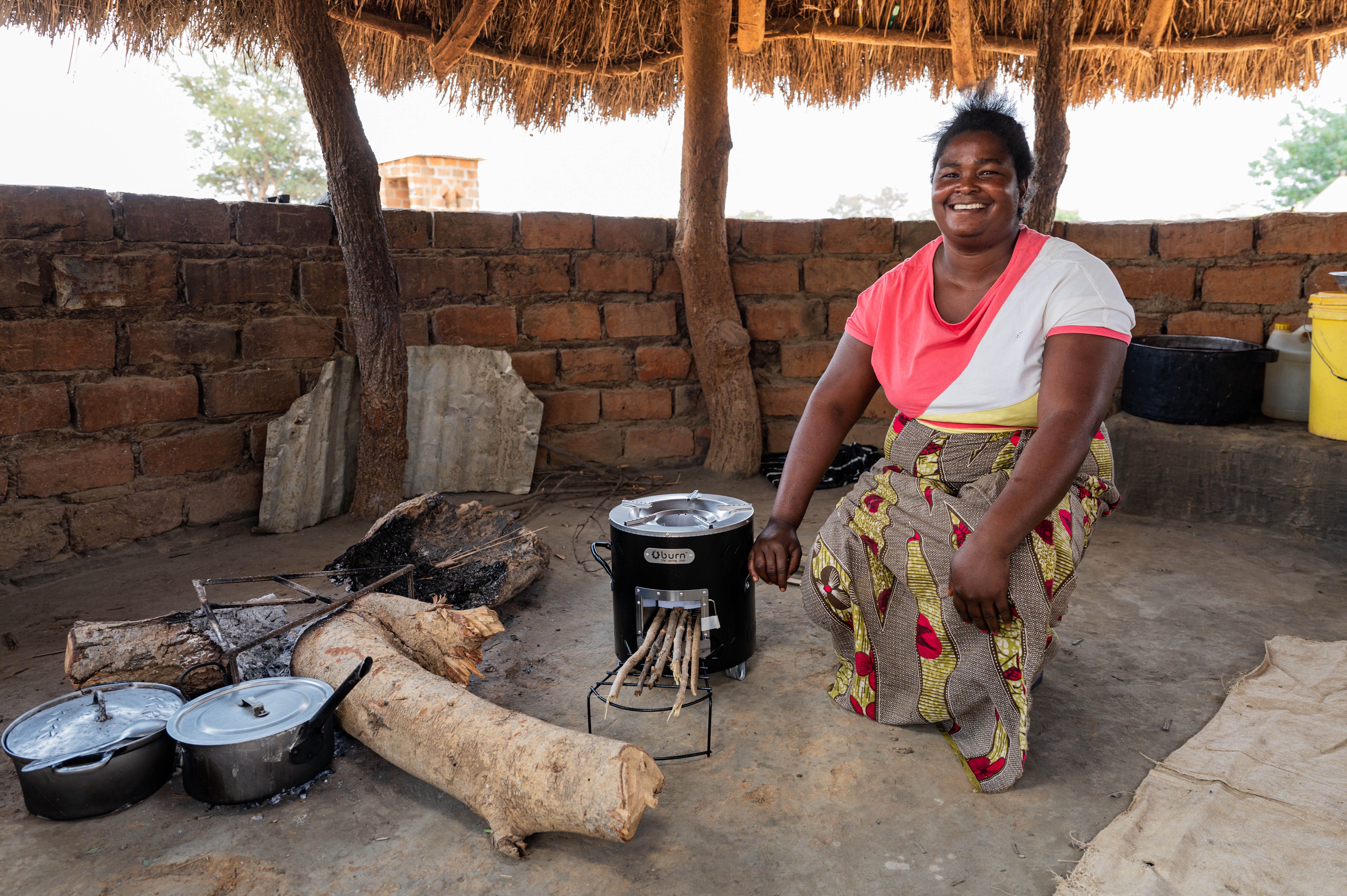
Improved cookstoves - better for health and the environment


